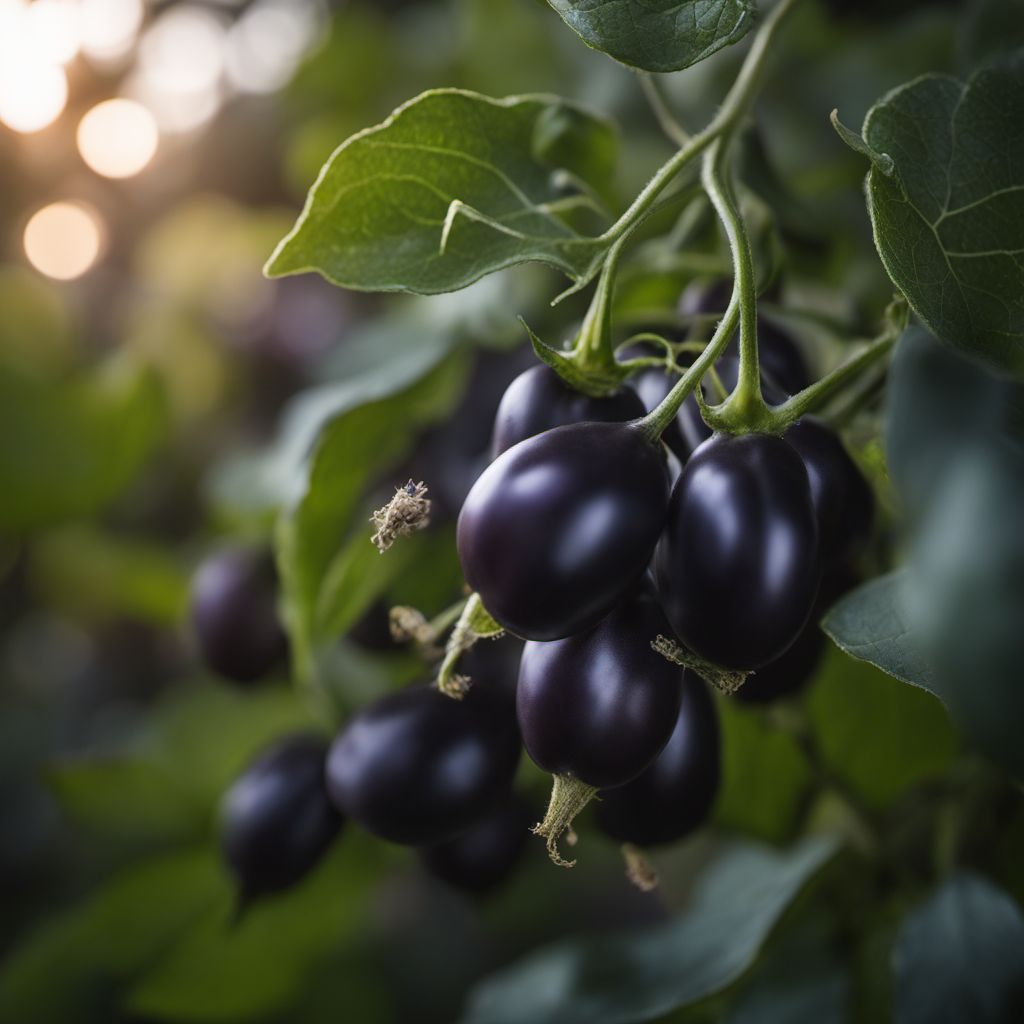
Ingredient
Nightshade, black
The Dark Delight: Unveiling the Secrets of Black Nightshade
Black nightshade, scientifically known as Solanum nigrum, is a small, glossy, and deep purple-black berry that belongs to the nightshade family. It has a slightly sweet and tangy taste with a hint of bitterness, and its texture is smooth and juicy. The berries are small, about the size of a pea, and are often used in both sweet and savory dishes to enhance their flavor and visual appeal.
Origins and history
Black nightshade is native to Eurasia and has a long history of culinary and medicinal use. It has been cultivated and consumed for centuries in various parts of the world, including Europe, Asia, and Africa. In traditional medicine, black nightshade has been used to treat various ailments, such as inflammation, digestive issues, and skin conditions.
Nutritional information
Black nightshade is a good source of vitamins A and C, as well as antioxidants. It is low in calories and fat, making it a healthy addition to a balanced diet.
Allergens
There are no known allergens associated with black nightshade.
How to select
When selecting black nightshade, look for berries that are plump, shiny, and uniformly colored. Avoid berries that are shriveled, discolored, or have soft spots. It is best to choose organic black nightshade to ensure it is free from pesticides.
Storage recommendations
To maintain the freshness and quality of black nightshade, store the berries in a cool, dry place or refrigerate them in a sealed container. They can stay fresh for up to a week.
How to produce
Black nightshade can be grown in a home garden by planting the seeds in well-drained soil and providing adequate sunlight and water. It is a relatively low-maintenance plant that can thrive in various climates.
Preparation tips
Before using black nightshade, wash the berries thoroughly and remove any stems or leaves. The berries can be eaten raw or cooked, and they can be used in a variety of dishes such as salads, jams, sauces, and desserts. However, it is important to note that some varieties of black nightshade may contain toxic compounds, so it is recommended to cook them before consumption to ensure safety.
Culinary uses
Black nightshade is commonly used in jams, jellies, pies, and desserts to add a unique flavor and color. It can also be used in savory dishes such as sauces, chutneys, and stews to enhance their taste and visual appeal.
Availability
Black nightshade is commonly available in Asia, Europe, and Africa, where it is cultivated and used in traditional cuisines.
More ingredients from this category » Browse all

Pumpkin leaves
The Nutritious Greens: Pumpkin Leaves
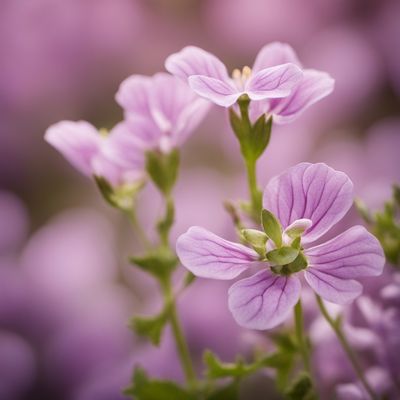
Mallow leaves
Velvety Greens with a Mild Bite

Senna leaves
The Natural Laxative: Unveiling the Power of Senna Leaves

Baobab leaves
The Nutritional Powerhouse: Baobab Leaves Unveiled
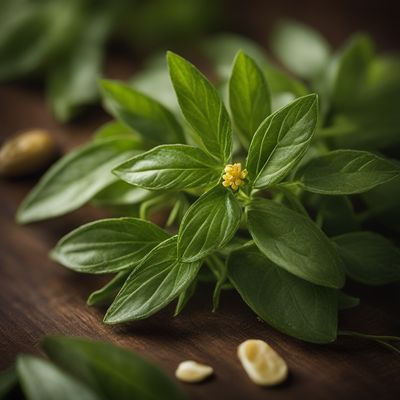
Blackjack leaves
The Versatile Blackjack
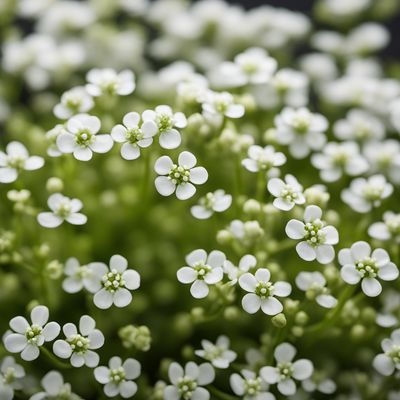
Scurvy-grass
The Citrusy Herb
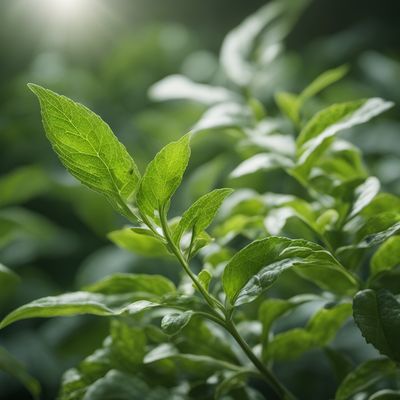
Pepper leaves
The Leafy Delight: Unveiling the Hidden Potential of Pepper Leaves
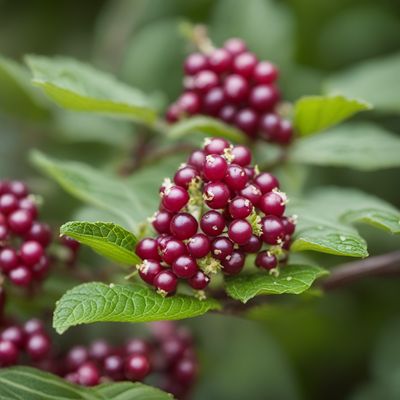
Pokeweed
The Wild Wonder: Pokeweed

Taro leaves
The Verdant Delicacy: Taro Leaves

Papaya leaves
The Healing Green
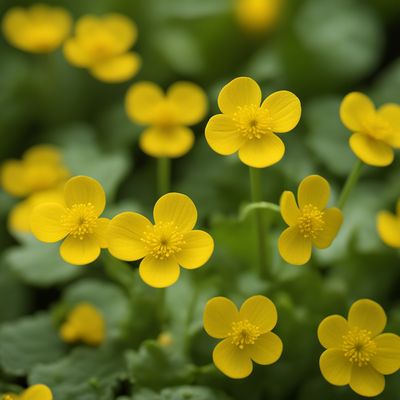
Marsh marigold leaves
The Golden Herb

Salsify leaves
The Verdant Delight: Unveiling the Hidden Potential of Salsify Leaves